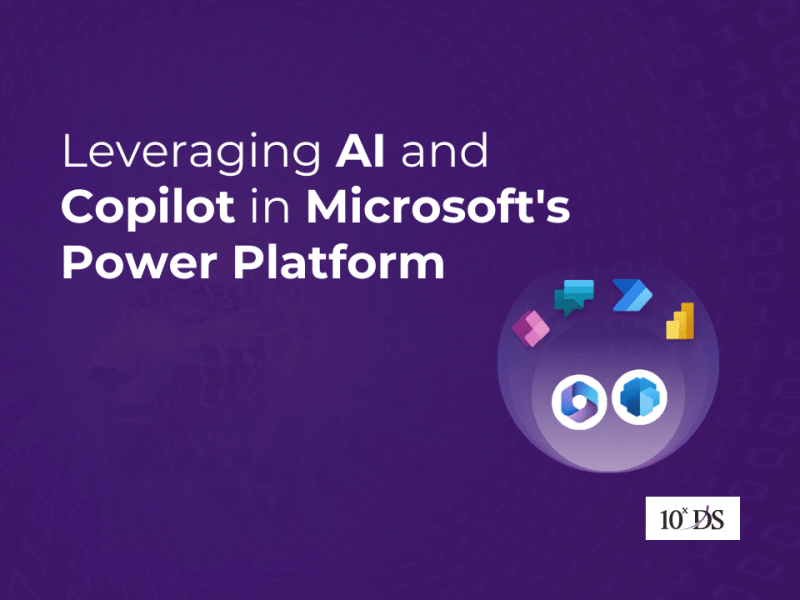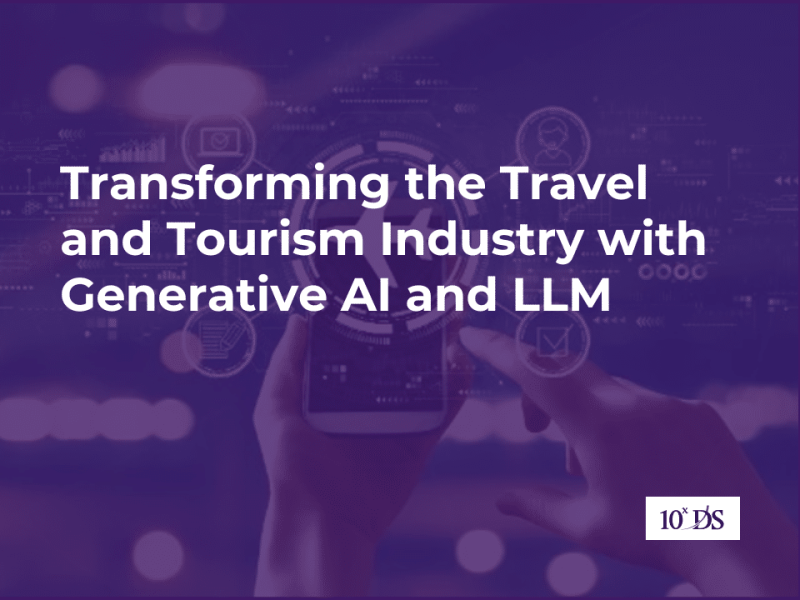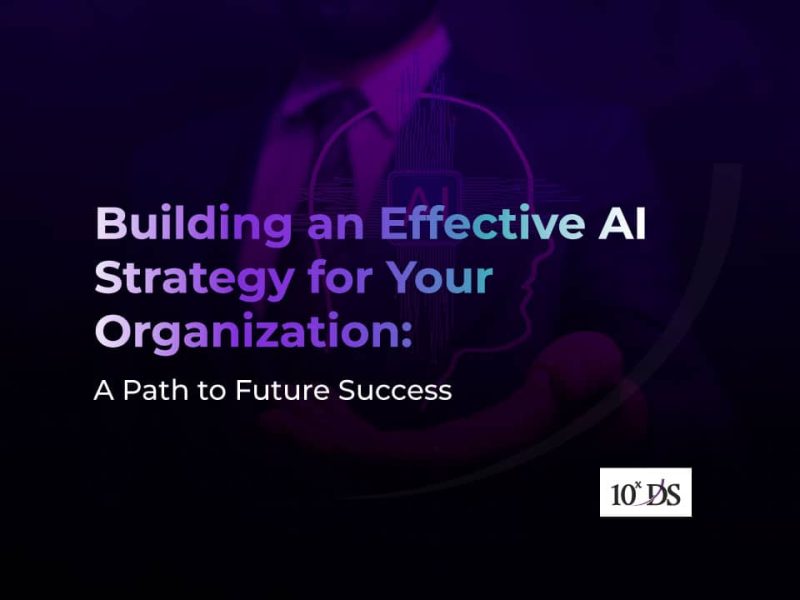
The Next Wave of Digital Transformation in Banking and Financial Services in Middle East
The Banking and Financial Services industry in the Middle East is shifting their focus to a more digital-centric approach, to cater to the increasing demands of modern technology savvy customers. Banks are leveraging various digital transformation services and innovative technologies to offer advanced services to customers, to remain competitive against both traditional and non-traditional competitors. The Middle East countries, especially GCC are quick to embrace technology in all forms, fundamentally changing the way Banks interact with customers and do business. The push to digitize has been driven by the fact that majority of the consumers prefer Banking on smartphones, tablets, and computers.
Despite various challenges, the shift towards Digital Transformation is likely to intensify further, with the emerging technologies such as Intelligent Automation, Artificial Intelligence, Analytics, Blockchain, Internet of Things and others influencing the financial services sector. These technologies enable organizations to streamline their processes, work smarter by gaining better insights on the Key Performance indicators, thereby providing higher value to customers.
Technologies Driving Digital Transformation
1. Intelligent Automation
There are several examples of the use of Robotic Process Automation (RPA) and Intelligent Automation by financial organisations. RPA is most effective in automating organizations having manual processes, multiple data sources, disorganized and disconnected systems. Intelligent Automation (IA) – a more advanced form of RPA, automates various labour-intensive processes and workflows, enabling lightning fast deployment, low-cost scalability and efficiently enhancing processes by combining the efficiency of robotics and powerful automation with human judgment.
Automation solutions can handle several types of reconciliations. Processes such as KYC and AML can be automated to help Banks streamline back-office operations. Automating compliance and reporting processes facilitates better quality tax data, smoother year-end closing, and easier audits.
Overall, deploying Intelligent Automation solutions help Banks to handle large data volume, enabling enhanced performance with a significant reduction in average handling time. Moreover, the bots perform tasks at a much better speed without downtime, significantly increasing productivity.
2. Artificial Intelligence
Banks and financial institutions are focusing on advanced ways of addressing customer needs to help them work even more efficiently. Artificial intelligence technologies offer strategic insights into the areas of opportunity, helping banks to respond quickly and seamlessly to the needs of their customers and stakeholders.
One of the most popular examples of the use of AI in Banks is Intelligent virtual assistants powered with AI and ML (machine learning) technologies, drastically reducing the response time and resolution time of customer queries in real time. Virtual Assistants provide a personalized and seamless customer experience.
Another example of the use of AI in Banking is in the Risk Management process. Machine learning algorithms empower Banks with capabilities to analyse data from the market, historical data, credit reports, social media and more to understand various kinds of risks such as reputation risk, price risks, concentration risk, default risk, and others.
3. Analytics
Many banks have started building their analytics capabilities, to gain actionable insights for data, for enabling faster and more accurate decision making.
Advanced analytics enable banks to analyze and understand customer sentiments based on their actions in various online channels. They provide useful insights, helping Banks to gauge customer sentiment and preferences to enable personalized marketing and promotions strategies.
Leveraging Analytics, Banks can identify customers that can bring significant future business and nurture them. Predictive analytics allow Banks to predict Customer Life Time (CLV) value from the data extracted from various sources, enabling effective customer retention strategies.
Download Case Study: Leading Bank in ME streamlines Financial Risk data processing leveraging 10xDS analytics solution
4. Blockchain
Blockchain, a new computing paradigm, is probably the least understood technology in front of us that is changing the entire concept of exchanging value, assets or sharing data. Especially in the financial services sector it has tremendous potential as more organizations recognize its ability to reduce fraud. Another reason is the significant reduction in the payment processing time for international transactions. Blockchain-based distributed systems can support various applications in the financial services industry such as multi-signature wallets, exchanges, financial platforms, auctions, trading infrastructure, and others.
Read: Blockchain is the New Black!
5. Internet of Things (IoT)
Individually, the technologies such as Wi-Fi, mobile, sensors and other digital technologies are nothing new, but now they are connected, entering a new era of enhanced connectivity that’s dubbed as the Internet of Things (IoT). The Internet of Things holds the power to tap into and make use of connected systems that share information, thereby providing boundless opportunities to streamline operations in various industries. As far as banking is concerned, the IoT represents an opportunity for Banks to gain more information about what their customers require, their behaviour and environmental factors, to give them tailored offerings. The technology can also be used for reducing fraud and using various ways to increase positive customer interactions.
Some of the recent applications of IoT in Banking include facial detection technology used to judge how users interact. Bluetooth beacon technologies represent an opportunity for banks to “pre-announce” those customers coming to the branches who opt into service before they approach an ATM or a Teller. Another example is the facility Banks can give to customers to allow them to pay their bills via Google Home or Amazon Alexa.
Conclusion
Today, financial services organizations in the Middle East are laying the foundation for digital banking capabilities, embracing the next wave of digital transformation to meet the modern banking challenges and customer expectations. Finally, incorporating new customer engagement touchpoints and channels can help gain greater insights into customer behaviour and it’s also an opportunity to build trust and bolster customer relationships.
How 10xDS can help?
10xDS has helped drive digital transformation empowering several Banks in the Middle East. We have a vast banking domain experience, expertise, and a state-of-the-art COE for emerging technologies such as Intelligent Automation, AI, Analytics, Blockchain, and others. We have streamlined and automated several processes for Middle East Banks like reconciliations, reports generation, accounts management, KYC, data processing and many more. Our team has been successful in eliminating cumbersome manual processes, increasing productivity, scalability and compliance in Banks.
So, what are you waiting for? Jumpstart your Digital Transformation journey for your Bank with 10xDS services.
Want to gain further insights into our services and solutions, talk to our experts!


